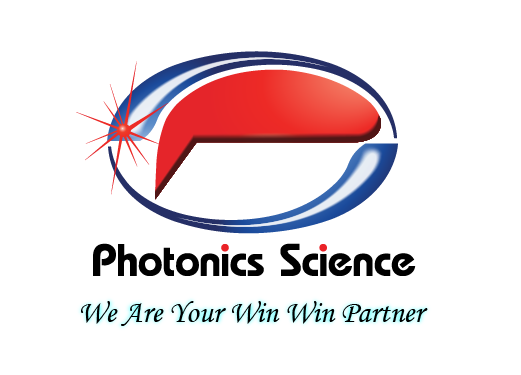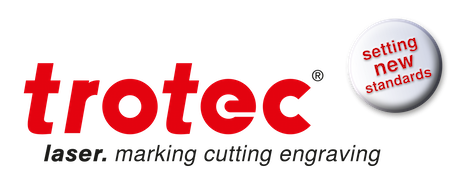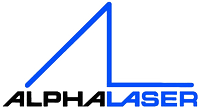-
Application
Product >> มาตรวิทยาด้วยเลเซอร์ >>
>> Application ofA PHP Error was encountered
Severity: Notice
Message: Trying to get property of non-object
Filename: en/product-app.php
Line Number: 23
A PHP Error was encountered
Severity: Notice
Message: Trying to get property of non-object
Filename: en/product-app.php
Line Number: 25
.png)
Here are a few examples representing a large variety of applicationswhich we've put into practice:
1. Autofocus for Laser Marking, Welding, Drilling and Cutting Systems UsingOptimet's Non-Contact Distance Sensors
Conventional laser marking, welding, drilling and cutting systems often struggle with focusing the laser precisely on the object’s surface.
Optimet sensors offer a unique solution for auto focusing laser systems. Integrating Optimet’s noncontact distance measurement sensors into laser systems improves the autofocus functionality, facilitates the laser system setup, and simplifies measuring when there is no CAD available.
Optimet sensors measure distance using a unique co-linear Conoscopic Holography technology and can be applied in the laser system’s optical path. In addition, since the sensor's illumination design is collimated, the lens can be far from the sensor because measurement is performed through the objective lens of the laser system itself! Some of our customers have successfully integrated the sensor as far as two meters from the laser’s objective lens.
Keep in focus: Continuous distance data at high rate allowsthe system be in focus regardless of the surface shape.
Faster: High measurement rate enables laser systems torun faster than in any other system configuration.
Accurate: Using the adjustable focus in real time providesaccurate color shade in laser marking systems.
Adjustable: Optimet sensors automatically adjuststhe sensor’s exposure when moving from black surfaceswith low reflectivity (0.3%) to white surfaces with highreflectivity (99%).
.png)
2. Laser engraving measurement
Measurement of Laser Engraved Objects Engravers use a hardened steel tool to engrave the design into the surface.
Using Optimet's noncontact distance sensor allows the user to accurately measure the depth of the engraved area. Due to its wide angle coverage the Optimet sensors is capable of measuring engraved objects that other sensors cannot.
.png)
3. Glass screen scratch inspection
In a world dominated by cellphones and display screens, the inspection of scratches is crucial for yield and profit. Scratch properties such as depth and width determine if the screen can be refurbished according to predetermined criteria.
Using Optimet's ConoPoint-3R or Mini ConoPoint-9R with 25mm focal length lens the scratches on the screen's top surface are scanned and analyzed. Optimet is very familiar with this type of market application and it is already being used as part of the inspection process for manufacturers of phone products in China and Korea.
.png)

4. Tire mold inspection
In the application of rubber manufacturing, and especially with tires, the inspection and quality control of molds and mold segments is most important. This might be a challenging field since it demands high precision along with long standoff and large measurement range. The retrieved data during inspection includes, among others, the segment's height, width, angle and roughness.
Optimet's ConoPoint-10 with 50mm lens is able to determine all these parameters with just a single scan and can compare it to the original drawing for quality assurance purpose using a CAD-CAM or a CAD-compare software.

5. CAD compare
Comparing CAD models of free form bodies to the actual dimensions, measured by a high precision sensor, can turn out to be a very complex task. The comparison is usually addressed in the areas of R&D, manufacturing and QC processes in various industrial applications such as casting, forging, welding and metal sheet forming. The CAD compare process is used in a wide range of industries from turbine blades and aerospace components to automotive engine body structure and transmission parts. The capability of comparing is particularly very important in the mold-manufacturing field since the quality and accuracy of the products are based on the accuracy of the original mold. By scanning the mold and comparing it to its original CAD one can be sure that the mold was manufactured according to specifications. CAD compare is possible by using a number of standard software packages.

Metrological model showing the difference between nominal and actual values on a color scale.
6. Hole measurement – depth, diameter and angles
Optimet’s technology allows integration of a periscope to the sensor's head. Using collinearity, one of Optimet's major advantages, enables scanning inside deep holes or enclosures to obtain the internal depth, diameter and angle.
This special property is used in measuring engine holes and various types of pipes where the inner structure is important.

7. Tire inspection
There is a major industrial need for a non-contact remote sensing device for tire tread inspection. This task is accomplished by continuously scanning the tire surface using a laser point sensor.
The tire is rotated and the beam position is incremented by a fraction once per revolution parallel to the spinning axis. There are two types of requirements for evaluating tire surface:
• Quality inspection: groove and sipe depths are measured as part of the QC process to ensure the tire was manufactured according to its design specifications.
• Performance inspection: tire wear rates are analyzed in order to ascertain the tire degradation as a function of traveled distance in various working environments.
Tire sipes, characterized by narrow deep channels, and tire grooves, characterized by wide and deep features, have both steep angles (usually above 75°). To obtain a precise measurement of the angles, a collinear measurement is required, Thus, ensuring that the signal originating from the groove or sipe base is not disturbed by the side walls. Using Optimet's sensor, provides the solution.
Auto-exposure is a unique feature in Optimet’s sensors and can be used when measuring highly variable reflective surfaces as shown below. Pink signal (left) indicates insufficient data.



Application















